- Great Learning
- Free Courses
- It & Software
Earn a certificate & get recognized
Dynamic Programing
Learn dynamic programing from basics in this free online training. Dynamic programing course is taught hands-on by experts. Learn about knapsack problem in dynamic programing & lot more in this tutorial. Best For Beginners.
Instructor:
Mr. Setu MaheshwariDynamic Programing
10.1K+ learners enrolled so far
Stand out with an industry-recognized certificate
10,000+ certificates claimed, get yours today!
Get noticed by top recruiters
Share on professional channels
Globally recognised
Land your dream job

Skills you will gain
Basics of Dynamic Programming
Key Highlights
Get free course content
Master in-demand skills & tools
Test your skills with quizzes
About this course
In this course, you will understand the concepts of Dynamic Programming. You will start this course by understanding what Dynamic Programming is and the different problems that come under Dynamic Programming. After that, You will move to the Knapsack problem concept and see how Longest Common Subsequence and Matrix Chain Multiplication Algorithm works. Finally, you will understand these concepts with an easy example as well.
Explore our Software Engineering Courses today.
Course outline
Introduction to Dynamic Programming
This moudle gives you an introduction to the concept of dynamic programming.
Dynamic Programming Problems
This module gives you an understanding of various dynamic programming problems such as longest common subsequence, knapsack problem, matrix chain multiplication, travelling salesman problem and dijkstra.
Knapsack Problem
This module will give you an understanding of the knapsack problem in dynamic programming.
Longest Common Subsequence
This module gives you an in-depth understanding of Longest Common Subsequence(LCS) in dynamic programming.
Matrix Chain Multiplication
This module discusses about Matric Chain Multiplication in dynamic programming.
Get access to the complete curriculum once you enroll in the course
Stand out with an industry-recognized certificate
10,000+ certificates claimed, get yours today!
Get noticed by top recruiters
Share on professional channels
Globally recognised
Land your dream job

Dynamic Programing

3.0 Hours
Intermediate
10.1K+ learners enrolled so far
Get free course content
Master in-demand skills & tools
Test your skills with quizzes
Refer and earn
Get learning discounts up to $20
Learner reviews of the Free Courses

5.0

5.0
What our learners enjoyed the most
Skill & tools
62% of learners found all the desired skills & tools
Our course instructor

Mr. Setu Maheshwari
Faculty for Computer Science Engineering
IT & Software Expert
Frequently Asked Questions
Will I receive a certificate upon completing this free course?
Is this course free?
Will I get a certificate after completing this Dynamic Programing free course?
Yes, you will get a certificate of completion for Dynamic Programing after completing all the modules and cracking the assessment. The assessment tests your knowledge of the subject and badges your skills.
How much does this Dynamic Programing course cost?
It is an entirely free course from Great Learning Academy. Anyone interested in learning the basics of Dynamic Programing can get started with this course.
Is there any limit on how many times I can take this free course?
Once you enroll in the Dynamic Programing course, you have lifetime access to it. So, you can log in anytime and learn it for free online.
Can I sign up for multiple courses from Great Learning Academy at the same time?
Yes, you can enroll in as many courses as you want from Great Learning Academy. There is no limit to the number of courses you can enroll in at once, but since the courses offered by Great Learning Academy are free, we suggest you learn one by one to get the best out of the subject.
Why choose Great Learning Academy for this free Dynamic Programing course?
Great Learning Academy provides this Dynamic Programing course for free online. The course is self-paced and helps you understand various topics that fall under the subject with solved problems and demonstrated examples. The course is carefully designed, keeping in mind to cater to both beginners and professionals, and is delivered by subject experts. Great Learning is a global ed-tech platform dedicated to developing competent professionals. Great Learning Academy is an initiative by Great Learning that offers in-demand free online courses to help people advance in their jobs. More than 5 million learners from 140 countries have benefited from Great Learning Academy's free online courses with certificates. It is a one-stop place for all of a learner's goals.
What are the steps to enroll in this Dynamic Programing course?
Enrolling in any of the Great Learning Academy’s courses is just one step process. Sign-up for the course, you are interested in learning through your E-mail ID and start learning them for free online.
Will I have lifetime access to this free Dynamic Programing course?
Yes, once you enroll in the course, you will have lifetime access, where you can log in and learn whenever you want to.
What is a Dynamic Programming Example?
Fibonacci Series is one of the examples of dynamic programming problems. It is a series of numbers in which each number is a sum of its two preceding numbers. The first few numbers in the series are 0, 0, 1, 2, 3, 5, 8, and so on…. The equation for the Fibonacci series is:
Fib(n) = Fib(n-1) + Fib(n-2), for n > 1
Why do we use Dynamic Programming?
Dynamic programming is used when bigger problems can be subdivided into smaller subproblems and their solutions can be used to solve similar other problems.
How hard is Dynamic Programming?
Dynamic programming is one of the toughest competitive programming methods to learn. It is learned by patterns usually, but although they look similar, they might be completely different even when they use the same technique. This course offered by great learning on Dynamic Programming will help you understand and learn in an easier approach.
What is the Concept of Dynamic Programming?
The main concept of the dynamic programming problem-solving method is optimizing it over plain recursion. In Computer Science, if a problem can be solved optimally by breaking down the problem into its sub-problems and then recursively finding the optimal solutions to the sub-problems, then it is said to have optimal structure. Optimal Sub-Structure property, Overlapping Sub-Problems property, Tabulation vs Memoization are basics of it.
What are Dynamic Programming Problems?
Dynamic programming problems are listed below :
- Dijkstra’s algorithm for solving shortest path
- Fibonacci series
- Balanced 0-1 matrix
- Checkerboard
- Sequence alignment
- Tower of Hanoi puzzle
- Egg dropping puzzle
- Matrix chain multiplication
- The Viterbi algorithm
- Floyd’s all-pair shortest algorithm
- Ugly numbers
- Binomial coefficient
- nth Catalan number
- Bell numbers
- Tiling problems
- Gold mine problems
- Permutation coefficient
- Coin change problem
- Friends pairing problem
- Subset sum problem
- Subset sum problem in O(sum) space
- Subset with sum divisible by m
- Largest divisible pairs subset
- Perfect sum problem
- Computation nCr%p
- Choice of area
- Cutting a rod
- Painting fence algorithm
- Assembly line scheduling
- Longest common subsequence
- Longest repeated subsequence
- Longest increasing subsequence
- Space optimized solution of LCS
- Maximum length chain of Paris
How do you solve Knapsack?
Follow these simple steps to solve a knapsack problem:
- Sort items by their values in their descending order.
- Solve the starting point with the highest value item. Keep filling the bag until the next item cannot fit in.
- Fill the remaining capacity with the next item on the list that fits in.
Become a Skilled Professional with Pro Courses
Gain work-ready skills with guided projects, top faculty and AI tools, all at an affordable price.


View Course

Included with Pro+ Subscription

View Course

Included with Pro+ Subscription
.jpg)
View Course

Included with Pro+ Subscription


View Course

Included with Pro+ Subscription


View Course

Included with Pro+ Subscription

View Course

Included with Pro+ Subscription

View Course

Included with Pro+ Subscription

View Course

Included with Pro+ Subscription

View Course

Included with Pro+ Subscription

View Course

Included with Pro+ Subscription

View Course

Included with Pro+ Subscription
.jpg)
View Course

Included with Pro+ Subscription

View Course

Included with Pro+ Subscription


View Course

Included with Pro+ Subscription




View Course

Included with Pro+ Subscription


View Course

Included with Pro+ Subscription
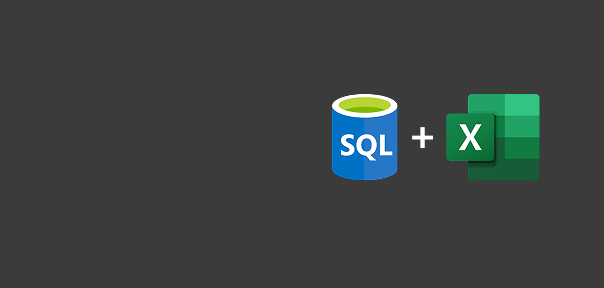

View Course

Included with Pro+ Subscription


View Course

Included with Pro+ Subscription


View Course

Included with Pro+ Subscription
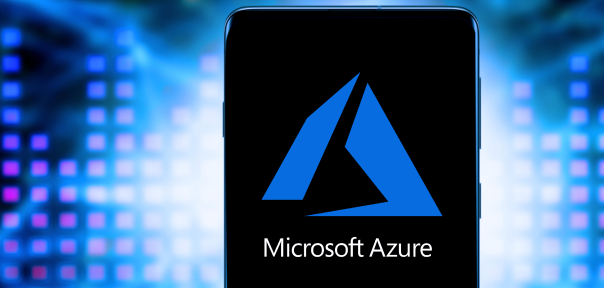

.jpg)
View Course

Included with Pro+ Subscription
.png)
View Course

Included with Pro+ Subscription
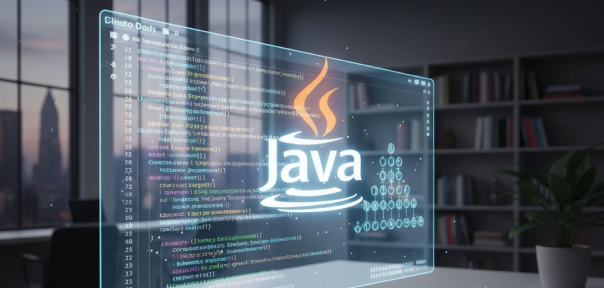
View Course

Included with Pro+ Subscription

View Course

Included with Pro+ Subscription
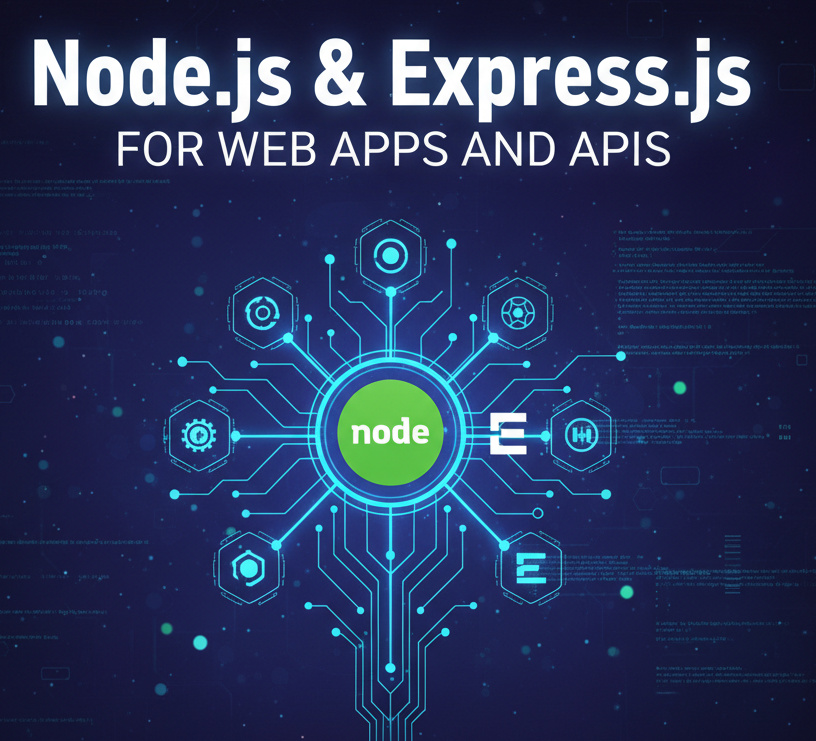
View Course

Included with Pro+ Subscription
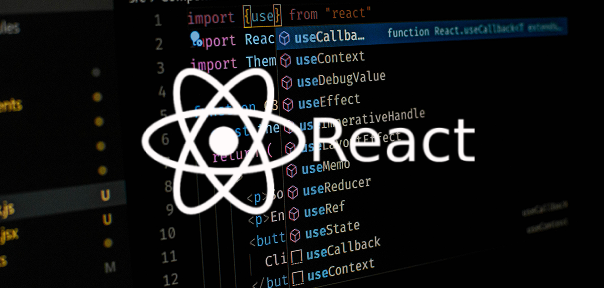
View Course

Included with Pro+ Subscription
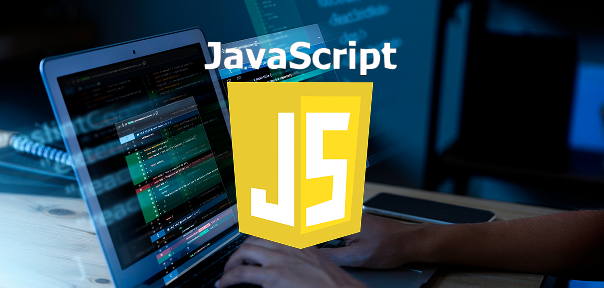
View Course

Included with Pro+ Subscription

View Course

Included with Pro+ Subscription
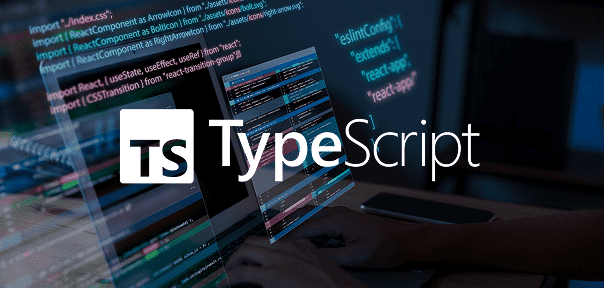
View Course

Included with Pro+ Subscription


View Course

Included with Pro+ Subscription

View Course

Included with Pro+ Subscription
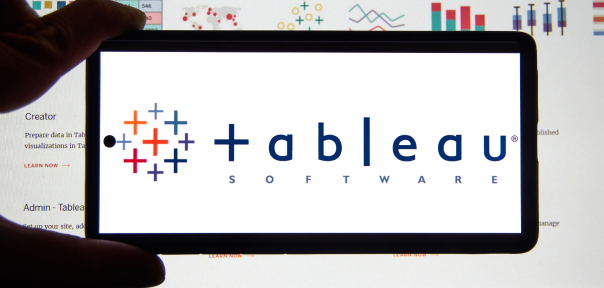
View Course

Included with Pro+ Subscription
.png)
View Course

Included with Pro+ Subscription

View Course

Included with Pro+ Subscription
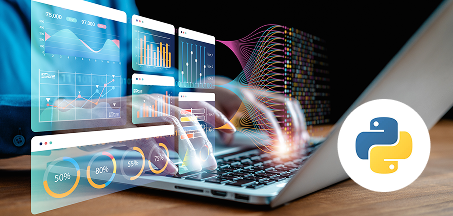
View Course

Included with Pro+ Subscription

View Course

Included with Pro+ Subscription

View Course

Included with Pro+ Subscription

View Course

Included with Pro+ Subscription
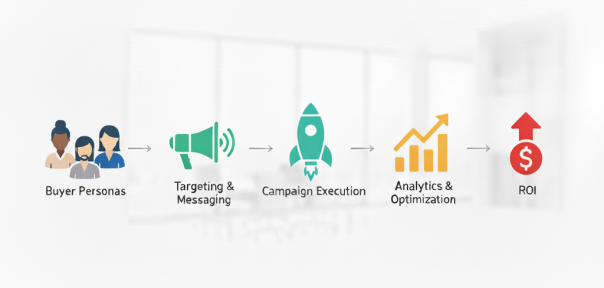
View Course

Included with Pro+ Subscription
.jpg)
View Course

Included with Pro+ Subscription
.jpg)
View Course

Included with Pro+ Subscription
.jpeg)
View Course

Included with Pro+ Subscription
.jpg)
View Course

Included with Pro+ Subscription
.png)
View Course

Included with Pro+ Subscription


View Course

Included with Pro+ Subscription


View Course

Included with Pro+ Subscription


View Course

Included with Pro+ Subscription
.png)
View Course

Included with Pro+ Subscription
.jpg)

.jpg)

.png)

View Course

Included with Pro+ Subscription
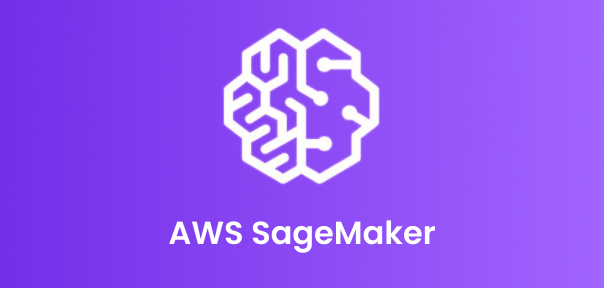

View Course

Included with Pro+ Subscription
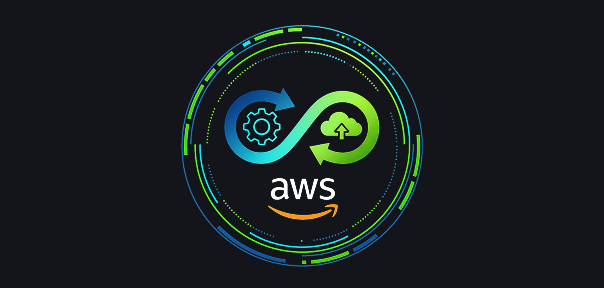
View Course

Included with Pro+ Subscription

View Course

Included with Pro+ Subscription

View Course

Included with Pro+ Subscription
.png)
View Course

Included with Pro+ Subscription
.png)
View Course

Included with Pro+ Subscription
.png)
View Course

Included with Pro+ Subscription
Popular


View Course

Included with Pro+ Subscription

View Course

Included with Pro+ Subscription
.jpg)
View Course

Included with Pro+ Subscription


View Course

Included with Pro+ Subscription


View Course

Included with Pro+ Subscription

View Course

Included with Pro+ Subscription

View Course

Included with Pro+ Subscription

View Course

Included with Pro+ Subscription
AI & Generative AI

View Course

Included with Pro+ Subscription

View Course

Included with Pro+ Subscription

View Course

Included with Pro+ Subscription
.jpg)
View Course

Included with Pro+ Subscription

View Course

Included with Pro+ Subscription


View Course

Included with Pro+ Subscription


Microsoft Courses


View Course

Included with Pro+ Subscription


View Course

Included with Pro+ Subscription


View Course

Included with Pro+ Subscription


View Course

Included with Pro+ Subscription


View Course

Included with Pro+ Subscription


IT & Software
.jpg)
View Course

Included with Pro+ Subscription
.png)
View Course

Included with Pro+ Subscription

View Course

Included with Pro+ Subscription

View Course

Included with Pro+ Subscription

View Course

Included with Pro+ Subscription

View Course

Included with Pro+ Subscription

View Course

Included with Pro+ Subscription

View Course

Included with Pro+ Subscription

View Course

Included with Pro+ Subscription
.png)
View Course

Included with Pro+ Subscription
.png)
View Course

Included with Pro+ Subscription

View Course

Included with Pro+ Subscription
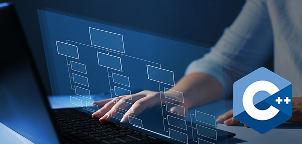
View Course

Included with Pro+ Subscription

View Course

Included with Pro+ Subscription

View Course

Included with Pro+ Subscription

View Course

Included with Pro+ Subscription


View Course

Included with Pro+ Subscription

View Course

Included with Pro+ Subscription

View Course

Included with Pro+ Subscription


View Course

Included with Pro+ Subscription


View Course

Included with Pro+ Subscription
 (1).png)
View Course

Included with Pro+ Subscription
Data Science & ML


View Course

Included with Pro+ Subscription

View Course

Included with Pro+ Subscription

View Course

Included with Pro+ Subscription
.png)
View Course

Included with Pro+ Subscription

View Course

Included with Pro+ Subscription

View Course

Included with Pro+ Subscription
Management

View Course

Included with Pro+ Subscription

View Course

Included with Pro+ Subscription

View Course

Included with Pro+ Subscription

View Course

Included with Pro+ Subscription
.jpg)
View Course

Included with Pro+ Subscription
.jpg)
View Course

Included with Pro+ Subscription
.jpeg)
View Course

Included with Pro+ Subscription
.jpg)
View Course

Included with Pro+ Subscription
.png)
View Course

Included with Pro+ Subscription
.png)
View Course

Included with Pro+ Subscription
.png)
View Course

Included with Pro+ Subscription

View Course

Included with Pro+ Subscription
.png)
View Course

Included with Pro+ Subscription
.png)
View Course

Included with Pro+ Subscription
 (1).jpg)
View Course

Included with Pro+ Subscription
.png)
View Course

Included with Pro+ Subscription
Cloud Computing


View Course

Included with Pro+ Subscription


View Course

Included with Pro+ Subscription


View Course

Included with Pro+ Subscription
.png)
View Course

Included with Pro+ Subscription
.jpg)

.jpg)

.png)

View Course

Included with Pro+ Subscription


View Course

Included with Pro+ Subscription

View Course

Included with Pro+ Subscription
.png)



.png)

View Course

Included with Pro+ Subscription



Cyber Security

View Course

Included with Pro+ Subscription

View Course

Included with Pro+ Subscription
.png)
View Course

Included with Pro+ Subscription
.png)
View Course

Included with Pro+ Subscription
.png)
View Course

Included with Pro+ Subscription
Subscribe to Academy Pro+ & get exclusive features
$25/month
No credit card required
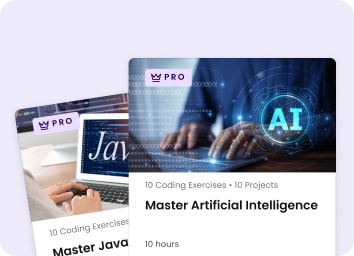
Learn from 40+ Pro courses
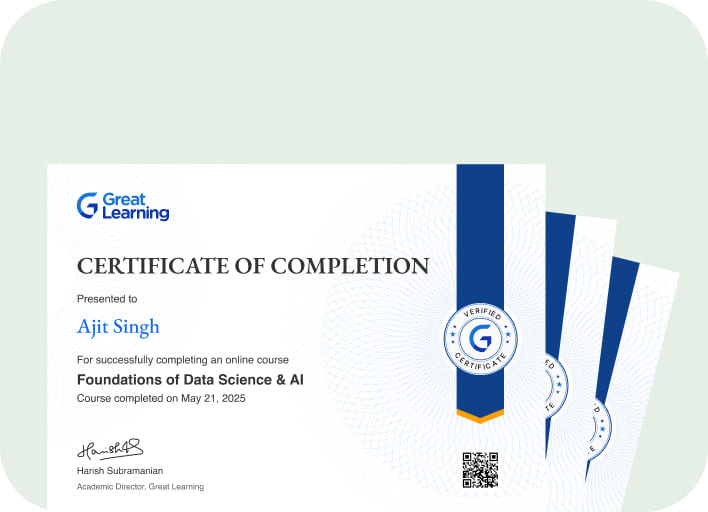
Access 500+ certificates for free
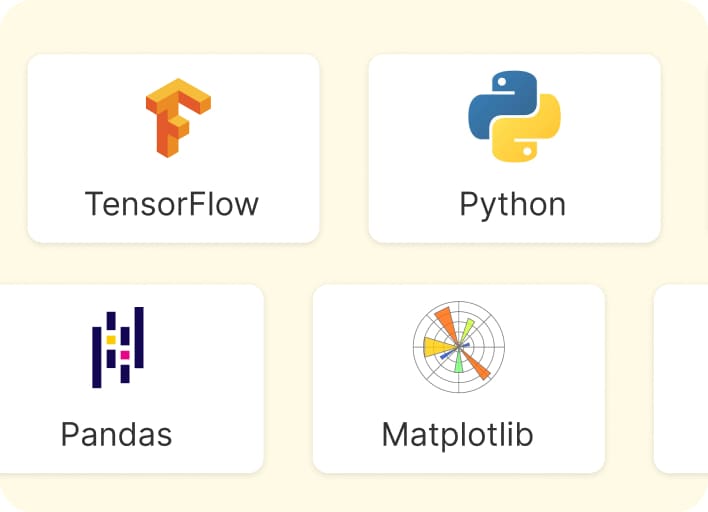
700+ Practice exercises & guided projects
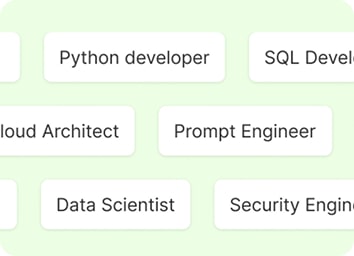
Prep with AI mock interviews & resume builder
Recommended Free Software courses

.jpg)


Similar courses you might like




Relevant Career Paths >
Dynamic Programming
What is Dynamic Programming
In the dynamic programming or DP approach, the subproblems are broken down into smaller sub-problems. These sub-problems are solved, and results are remembered to solve the similar or overlapping sub-problems. These sub-problems are combined in order to get the best solution.
Richard Bellman developed the dynamic programming or DP method in the 1950s, and it is being used in numerous fields, from aerospace engineering to economics. The core concept of dynamic programming was to avoid repetitive tasks by remembering the partial output of the previous problem. These concept applications are widely used in real-life situations.
Approaches of Dynamic Programming
Dynamic programming uses two approaches :
-
Top-down Approach : This approach is based on the memorization technique. It solves sub-problems whenever required and can be easily debugged. Memorization technique is the combination of recursion and caching, where recursion is calling the function by itself and caching means storing the intermediate results. This process requires more memory in the call stack and sometimes stack overflow conditions may occur if the recursion is too deep.
-
Bottom-up Approach : This approach is based on the tabulation or table filling method. It solves the problem of stack overflow by avoiding the recursion and saving memory space. In this approach, we solve the sub-problems first and then move to a larger problem by using smaller sub-problems. The results are stored in form of the matrix.
Steps of Dynamic Programming
-
Break down larger problems into smaller sub-problems.
-
Find the optimal solutions for these sub-problems.
-
Stores the results of sub-problems. This process is known as memorization.
-
Reuse the same sub-problems so that similar sub-problems can be calculated more than once.
-
At last, calculate the result of the larger problem.
These are the basic steps used in dynamic programming. The dynamic programming is applicable if the problems have overlapping sub-problems and optimal substructures properties.
Famous Dynamic Programming algorithms are:
-
Unix diff : For comparing two files
-
Bellman-Ford : For finding shortest path routing in networks
-
TeX : The ancestor of LaTeX
-
WASP : Winning and Score Predictor
Characteristic of Dynamic Programming
-
Overlapping Sub-problems : It is used when the same sub-problem needs to be calculated again and again. Dynamic Programming is used to store the results of sub-problem and we don’t need to recompute them again and again. Dynamic Programming is not used when overlapping sub-problems are not there and results are not needed to store in the tables.
-
Optimal Substructure: A problem is said to be an optimal substructure if its all optimal solution can be calculated from its optimal solution of sub-problems.
Example of Dynamic Programming
The following problems can be solved using the dynamic programming approach :
-
Fibonacci number series
-
Project scheduling
-
Shortest path by Dijkstra
-
All pair shortest path by Floyd-Warshall
-
Knapsack problem
-
Tower of Hanoi
Advantages of Dynamic Programming
-
Dynamic Programming can easily solve problems in chemical engineering design, inventory, control theory, etc.
-
Need not calculate same problems again and again.
-
Suitable for multi-point, multi-stage or sequential decision processes.
-
It saves memory space by overwriting the updated values of sub-problems.
-
Well suited for discrete or continuous variables, linear or non-linear problems, and deterministic problems.
Disadvantages of Dynamic Programming
-
Difficult to develop code because DP has different methods to solve.
-
The recursive method takes lots of memory for storing.
-
Have slow execution speed.
-
The large problems are divided into sub-problems, and results are stored that consume lots of space.







